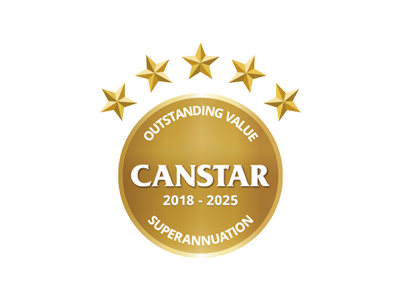Duke Energy test
EOS wanted Duke Energy to demonstrate a broader corporate commitment to facing climate-related challenges. We first raised the implications of the US Environmental Protection Agency’s Clean Power Plan with Duke Energy’s chief sustainability officer in 2014, meeting again in 2015, and in 2017 to discuss support for shareholder resolutions which called on the company to publish a climate report aligned with the Task Force on Climate-related Financial Disclosures (TCFD).We met with the chief financial officer ahead of the 2018 annual shareholder meeting, to encourage thinking about how the company could disclose aspirations for emissions reduction to 2050.In early 2019, we discussed ideas for improved disclosure with key executives, as well as greater ambitions for 2030 carbon emissions reduction targets. In 2010, Duke Energy adopted its first carbon dioxide emissions reduction target. In 2015, it committed to double the capacity of its renewable energy portfolio by 2020. In 2017, it set long-term targets for reducing emissions by 40% and the carbon intensity of its generating assets by 45% by 2030 (from 2005).In September 2019, it increased its 2030 reduction target to 50% and further advanced its ambition by indicating an aspiration of achieving net-zero emissions by 2050. In 2017, the company committed to publish TCFD-aligned disclosure and in 2018 it published its first TCFD-aligned climate report. In 2019, the company improved the clarity of its disclosures on lobbying, trade association and political expenditure. We continue to engage on faster retirement of coal power, further opportunities to optimise the balance of gas and renewables with energy storage and distribution, climate reporting and strategy for managing the impact that decarbonisation could have..
ConocoPhillips
EOS began engagement with ConocoPhillips in 2010 after the Deepwater Horizon oil spill disaster. We focused on the company demonstrating that it had best-in-class health and safety, and disaster response risk management. We also sought best-in-class management of oil sands risk and a reduction in climate risk. We met the global head of sustainable business development and his predecessors, the climate change director and the director of social responsibility many times, as well as the company’s governance professionals.We came away pleased with the company’s thoughtfulness but disappointed with the mismatch with its reporting. After correspondence and several meetings, the company convinced us that it is an industry leader on health and safety and disaster recovery, completing our objective in 2013. We also completed our objective concerning best practice oil sands production in 2014. In addition, we have seen progress in its reporting on climate and political activity and donations, enabling us to complete further objectives that year.Its 2018 sustainability report marked a significant step forward – it now reports on three 2°C scenarios and has articulated a climate change action plan, which is enabling us to progress our objective on improving disclosure and our objectives in relation to lobbying activity and factoring climate into executive pay. We continue to encourage the company to improve its climate change related disclosure as well as to further improve its disclosure of how it governs its relationships with membership organisations in relation to climate change.
Imperial Brands
EOS began engaging with Imperial Brands, the multinational tobacco and tobacco alternatives company, on its water use in 2012. We encouraged it to implement water management systems and targets at its sites. In 2015 our engagement established that, although the company had conducted analysis of supply chain water risks, it had not yet set targets for water management beyond its own operations.Over subsequent years, we sought updates from the heads of sustainability on how the company was monitoring water use and progress against site-specific reduction targets, which were achieved in 2018, ahead of the 2020 target year. Given the early completion, we pressed on whether the 2020 targets had been sufficiently stretching. In a follow up meeting with the head of sustainability in 2019, we heard that the company intends to develop context-based water targets for water-stressed sites in its supply chain.We welcome the company’s move to take greater responsibility for its supply chain, which is also reflected in its approach to carbon, where it has extended its science-based carbon reduction targets to its scope 1, 2 and 3 emissions. We will continue our engagement on how the company adopts a robust approach to water stewardship across its supply chain, aligned with its with explicit reduction targets in its post-2020 strategy.




